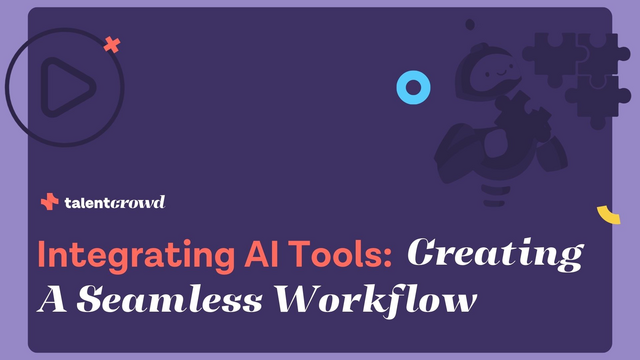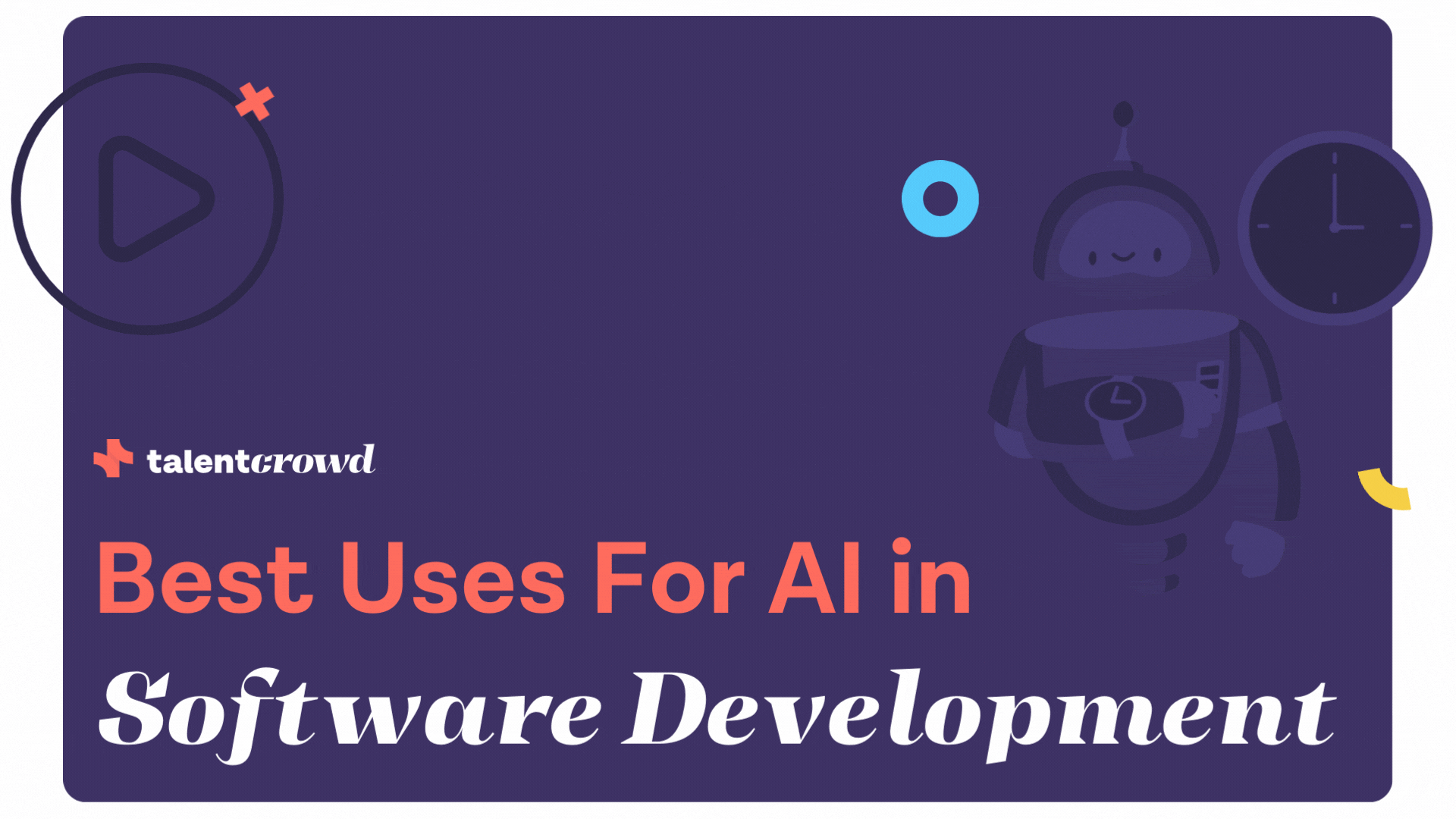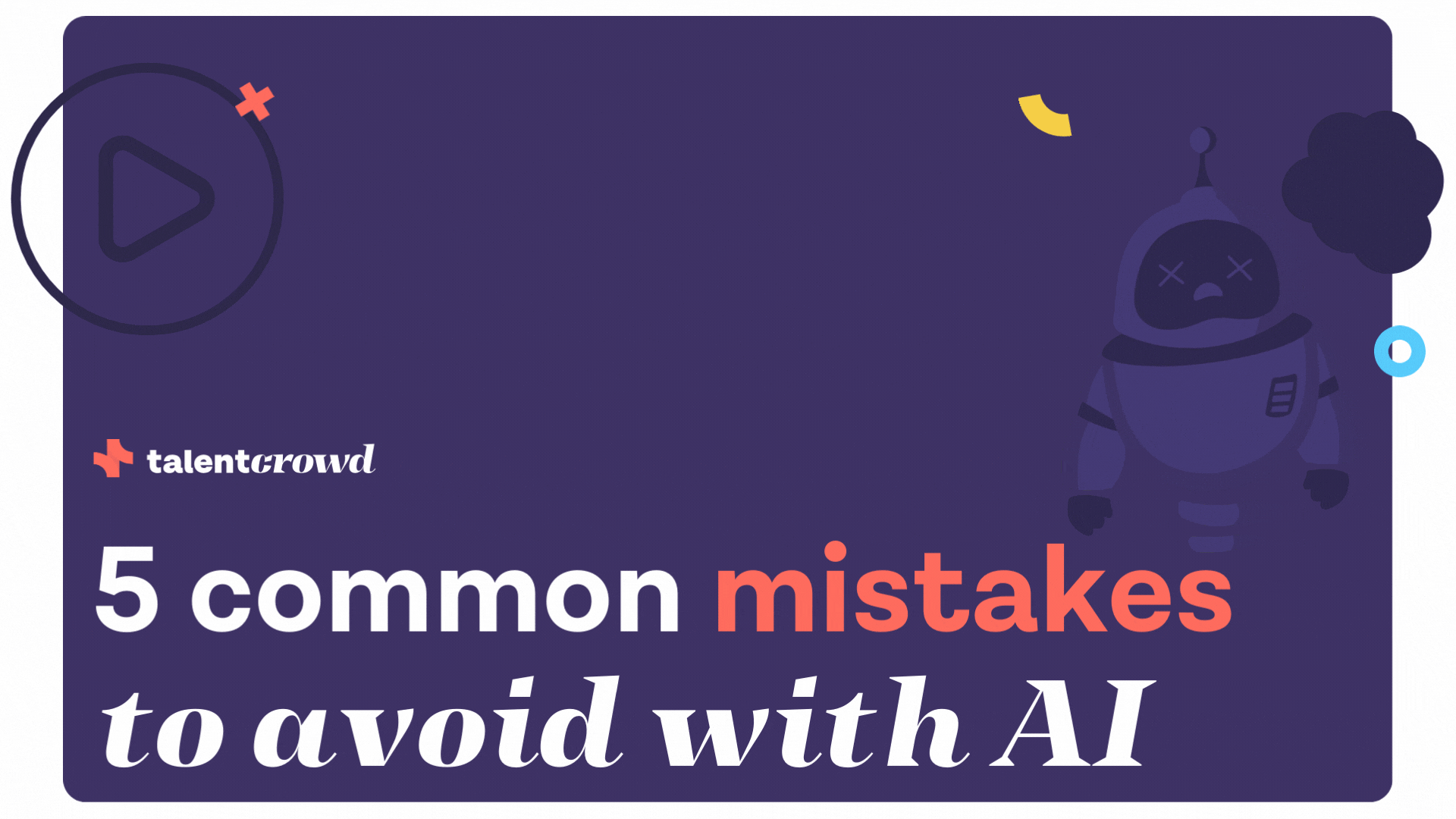Understanding AI Tools: Capabilities and Limitations
Before integrating AI into your processes, it's vital to comprehend the capabilities and limitations of each tool. An in-depth understanding of what these tools can and cannot do sets realistic expectations and ensures they are applied where they can deliver the most impact. Once you have determined the proper use case and capabilities of each tool you hope to use, you can begin making it a part of your workflow.
Creating a Cohesive Tool Ecosystem
Consider how your AI tools interact within your ecosystem. Identify how one tool's output can feed into another's input, and note where human intervention is necessary. This synergy between AI tools and human developers is crucial for a seamless and efficient process.
You'll need to make clear note of:
- How each tool will interact and communicate with the other tools being used.
- How your developers will interact with each tool being used.
The Importance of Data Preparation
Quality data is the lifeblood of effective AI tool integration. The accuracy and functionality of AI heavily rely on the input it receives. Therefore, dedicating resources to clean, organize, and ensure data quality is non-negotiable. Remember, AI's ability to recognize patterns and analyze data is only as good as the data it's given.
Take it Easy
The integration of AI tools into your existing workflow should enhance, not overhaul, your processes. Begin with small, manageable steps, introducing AI tools gradually to complement your current operations. This incremental approach helps prevent disruption and allows your team to adapt to each tool effectively.
Training and Comfortability
Adopting new AI tools requires a commitment to team training and education. Ensuring your team is not only technically proficient but also understands how to interpret AI-generated insights is essential for leveraging AI's full potential. A well-informed team can better harness the power of AI, leading to more innovative and efficient development outcomes. Taking more time at this step of the process will save headaches later and make sure you're maximizing your investment in these tools.
Continuous Monitoring and Feedback
AI tools are dynamic, with the capacity to learn and evolve over time. Regular monitoring and updates are crucial to ensure these tools continue to meet your project's needs and remain aligned with your goals. Establishing feedback loops can aid in adjusting strategies and maintaining tool effectiveness as your project progresses.
Ethical Considerations and Bias Mitigation
Ethical use of AI is a responsibility that cannot be overlooked. Regular audits for biases and the inclusion of diverse perspectives in the development process are essential steps in ensuring your AI integration practices are responsible and equitable.
Conclusion
Integrating AI into your software development workflow provides an opportunity to enhance efficiency and innovation. However, this integration demands a comprehensive understanding of AI tools, so it's okay if you need some expert help to make sure it's done right. At Talentcrowd, we're dedicated to assisting teams in navigating the complexities of AI integration. For more insights and expert guidance, visit us at Talentcrowd.



